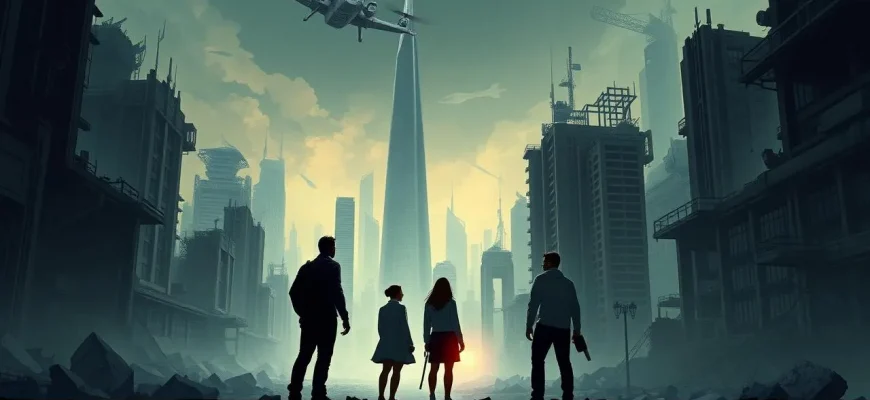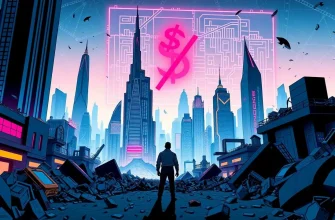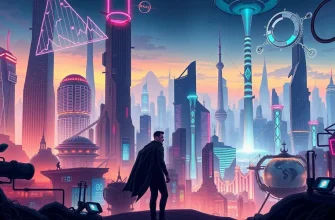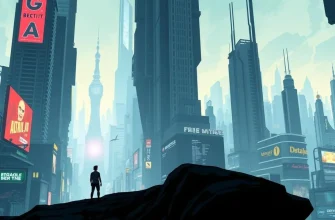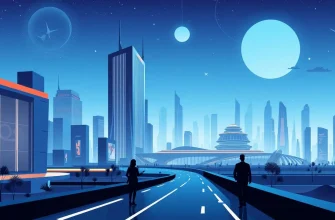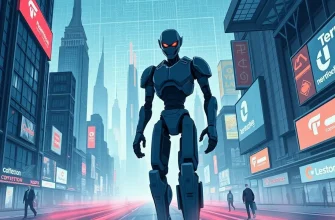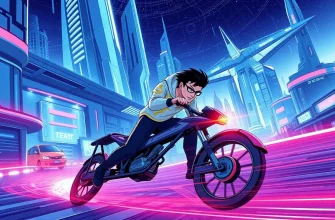In a world where economic stability is often taken for granted, these films delve into the potential futures where financial systems crumble, societies falter, and humanity must adapt. This curated list of sci-fi films not only entertains but also prompts us to reflect on our economic vulnerabilities and the resilience of the human spirit in the face of adversity.

Brazil (1985)
Description: A surreal, dystopian satire where bureaucracy and consumerism have run amok, leading to a society where economic efficiency is prized over human life.
Fact: The film was initially given an X rating by the MPAA for its violence, leading to significant edits for its theatrical release.
 Watch Now
Watch Now 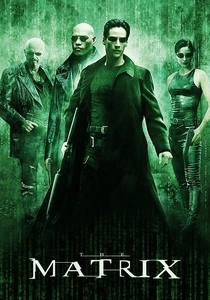
The Matrix (1999)
Description: While primarily known for its virtual reality theme, the film also touches on the economic exploitation of humans by machines, creating a world where human energy is the currency.
Fact: The Wachowskis wrote the script in 1994, and it took them six years to get the film made due to its complex visual effects.
 Watch Now
Watch Now 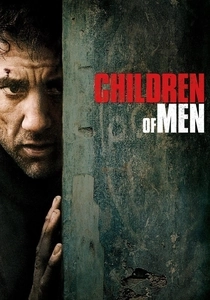
Children of Men (2006)
Description: Set in a future where human infertility has led to a global economic and social crisis, this film explores the desperation and hope in a world on the brink of extinction.
Fact: The film features a famous long take during a battle scene, which was meticulously planned and executed.
 Watch Now
Watch Now 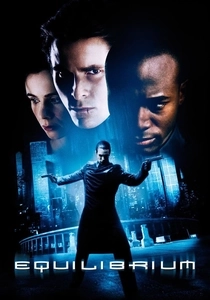
Equilibrium (2002)
Description: In a totalitarian state where emotions are outlawed, the film subtly critiques the economic system that supports such a regime, showing how control over resources and emotions can lead to societal collapse.
Fact: The film was shot in Berlin, Germany, to take advantage of the city's post-war architecture, which fit the film's dystopian aesthetic.
 Watch Now
Watch Now 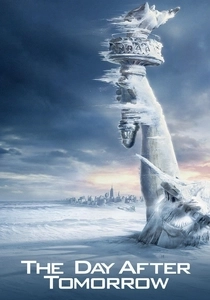
The Day After Tomorrow (2004)
Description: While focusing on climate change, the film also illustrates the economic consequences of global disasters, showing how unprepared societies can be for sudden economic collapse.
Fact: The film's special effects were groundbreaking at the time, particularly the scenes depicting the sudden onset of an ice age.
 Watch Now
Watch Now 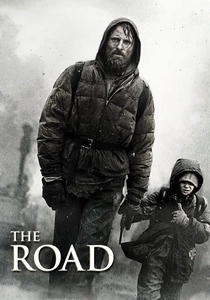
The Road (2009)
Description: Although not strictly sci-fi, this post-apocalyptic tale examines the economic and societal breakdown following a catastrophic event, focusing on survival in a world without economic systems.
Fact: The film was shot in various locations in Pennsylvania and Oregon to capture the desolate, post-apocalyptic landscape.
 Watch Now
Watch Now 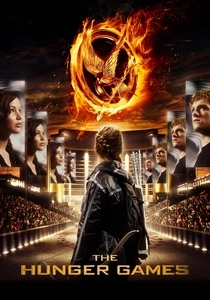
The Hunger Games (2012)
Description: In a dystopian future, the Capitol exploits the districts for resources, showcasing the extreme economic divide and the fight for survival and freedom.
Fact: The film was shot in North Carolina, with many scenes filmed in the DuPont State Forest.
 Watch Now
Watch Now 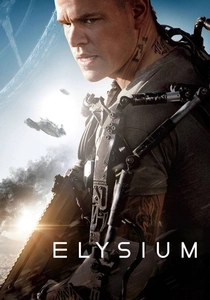
Elysium (2013)
Description: In a future where the wealthy live on a luxurious space station, Earth is left in squalor. This film explores the stark economic divide and the uprising that follows when the downtrodden seek equality.
Fact: The film was shot in Vancouver, Canada, and Mexico City, with the latter providing the backdrop for Earth's slums. The space station Elysium was entirely CGI.
 Watch Now
Watch Now 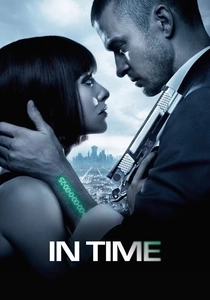
In Time (2011)
Description: Time is literally money in this dystopian future where people stop aging at 25 but must work to buy more time to live. It's a thrilling look at economic inequality and the lengths to which people will go to survive.
Fact: The film's concept was inspired by the idea of time as currency, a theme explored in various forms of literature and media.
 Watch Now
Watch Now 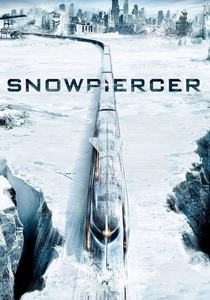
Snowpiercer (2013)
Description: A post-apocalyptic train circles the globe, with its passengers divided by class. This film delves into the economic disparity and the uprising against the ruling elite.
Fact: The film was based on the French graphic novel "Le Transperceneige."
 Watch Now
Watch Now 
